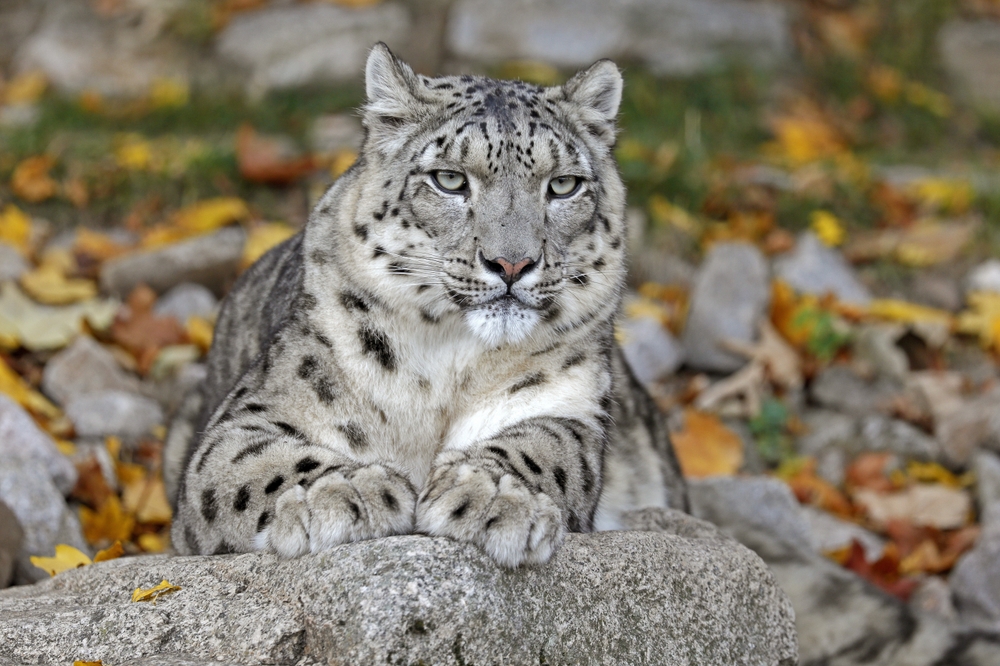Unraveling the Mystique of the Snow Leopard: An Elusive Giant of the Mountains
The snow leopard, a majestic, elusive creature of the high mountains, has long fascinated biologists and nature lovers alike. This article delves into the secret life of this remarkable big cat, exploring its unique evolutionary journey, current conservation status, and the efforts being made to ensure its survival.

A Glimpse into the Past: The Snow Leopard’s Evolutionary Journey
The snow leopard (Panthera uncia) is one of the most enigmatic members of the big cat family, Felidae. Its evolutionary journey is thought to have started around 3.9 million years ago when it split from the tiger lineage. Over millennia, snow leopards have adapted remarkably well to the harsh conditions of their mountainous habitats, developing unique traits such as thick fur, a long tail for balance, and large nasal cavities to warm the cold air they breathe.
Living on the Edge: The Snow Leopard’s Present Existence
In the present day, snow leopards roam the high mountain ranges of Central and South Asia, with their distribution spanning 12 countries. Despite their wide range, accurate population estimates are challenging due to their elusive nature, but it’s believed there are only between 4,000 and 6,500 left in the wild. The snow leopard’s existence is threatened by human activities such as poaching for their beautiful fur and bones, retaliatory killings by farmers, and habitat loss due to climate change and human encroachment.
Priceless Predators: The Role of Snow Leopards in the Ecosystem
Snow leopards play a crucial role in their ecosystem, maintaining the balance by controlling prey populations. Their decline could have ripple effects on their mountain habitats, leading to overgrazing by their prey and subsequent landscape degradation. Despite their significance, the monetary value of their ecological role remains largely unquantified. However, their potential contribution to eco-tourism could range in the millions, highlighting an avenue for both their conservation and local economic development.
A Ray of Hope: Recent Developments in Snow Leopard Conservation
Despite the challenges, there is hope for the snow leopard’s future. In 2013, the twelve range countries came together to form the Global Snow Leopard and Ecosystem Protection Program (GSLEP), aiming to secure 20 landscapes for the species by 2020. Recent developments include the launch of community-based conservation programs, a push for policy changes to tackle illegal wildlife trade, and ongoing scientific research to improve our understanding of the species.
Looking Ahead: The Future of Snow Leopards
The future of snow leopards hinges largely on our actions today. Continued research, conservation efforts, and policy changes are crucial. Equally important is raising public awareness of their plight and the ecological significance of these majestic creatures. As we learn more about the snow leopard and take steps to protect it, we can hope to secure its place in the mountains for generations to come.
In conclusion, the snow leopard, a symbol of the mountains’ resilience and majesty, continues to captivate us. Despite its elusive nature and the numerous threats it faces, ongoing conservation efforts give us hope for its future. As we strive to protect this remarkable big cat, its story serves as a reminder of our intricate connection with nature and our responsibility to safeguard it.




